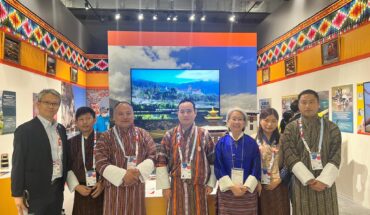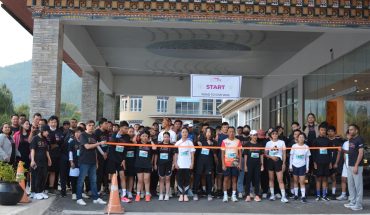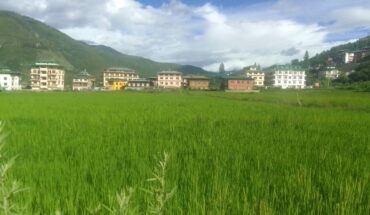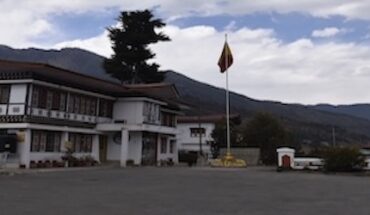Eastern Bhutan, with its undisturbed wilderness, rich spiritual heritage, and vibrant cultural practices, stands as the nation’s best-kept secret. Yet, while Paro, Thimphu, and Punakha bask in the spotlight of Bhutan’s tourism narrative, the east continues to languish on the fringes—underpromoted, underfunded, and unfairly treated by policies that fail to account for its unique challenges.
It’s time for a bold rethinking of how we promote and support tourism in this neglected region.
At the heart of the issue lies the Sustainable Development Fee (SDF), a well-intentioned policy now misaligned with ground realities. Hoteliers from Trashigang, Mongar, and Trashiyangtse are not calling for its removal, but for sensibility—targeted discounts, dursation-based waivers, and concessions for students, groups, and off-season travelers.
The government has shown willingness by implementing a 50% discount, but more can be done. It is absurd that the east, with its limited infrastructure and longer travel times, should be subject to the same SDF as western Bhutan, where luxury hotels and seamless connectivity abound.
The disparities are stark. While occupancy in the west remains healthy, hotels in the east struggle with barely 18% occupancy rates. Some have had to rely on class 10 and 12 dropouts due to budget constraints, unable to attract professional staff or maintain service standards.
Add to that the unreliability of flights at Yonphula, the lack of vehicle rentals, and logistical nightmares of sending transport from Thimphu to Yonphula—and one sees an entire region hobbled not by a lack of charm, but by neglect and poor planning.
And yet, Eastern Bhutan is brimming with untapped potential. Mongar is a haven for birdwatchers, boasting species found nowhere else in the country. Trashiyangtse offers ethereal butterfly sojourns and serene dzongs, not to mention the celebrated Rhododendron Festival in Merak that blooms with both color and cultural resonance.
Zhemgang, often left out of the conversation entirely, offers incredible opportunities for wildlife safaris—home to golden langurs, clouded leopards, and a vibrant forest ecosystem waiting to be explored.
What the east lacks is not tourist appeal—it lacks narrative. It lacks infrastructure. It lacks aggressive promotion. Why are the eastern festivals, trails, and biodiversity not featured on the front pages of Bhutan’s tourism campaigns?
Why do guides in the west know little about these regions? Why do we not train a new generation of eastern-based guides, storytellers, and hosts to showcase the region’s true Bhutanese essence?
Eastern Bhutan is not a burden but an opportunity. Let us not wait until its lodges close, its traditions fade, and its roads crumble further. It is time to bring the east out of the shadows—and into the itinerary.





